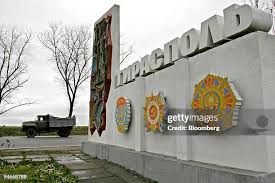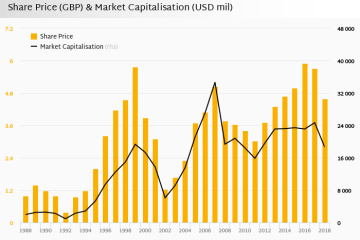Understanding Transnistria: A Disputed Territory

Introduction
Transnistria, a narrow strip of land situated between Moldova and Ukraine, has been a focal point of geopolitical tension since the early 1990s. This self-declared republic, with its own government, currency, and military, is not recognised by most nations, including Moldova. Understanding Transnistria is crucial not only for regional stability but also for the broader geopolitics of Eastern Europe, particularly in light of recent global tensions.
A Brief History
The conflict in Transnistria began in the early 1990s, following the dissolution of the Soviet Union. Ethnic Russians and Ukrainians who lived in the area declared independence from Moldova, leading to a brief but violent conflict. A ceasefire was established in 1992, but the region remains a frozen conflict. Today, Transnistria claims independence, although it lacks international recognition.
Current Situation
As of late 2023, Transnistria continues to operate as a de facto state. The current leadership, characterised by pro-Russian sentiments, maintains a close relationship with Moscow. This alignment has led to increased tensions, especially as the war in Ukraine escalates. Russia has a military presence in the region, further complicating Moldova’s aspirations to integrate more closely with the European Union.
International Reactions
The situation in Transnistria has drawn concern from both regional and global powers. The European Union remains committed to Moldova’s sovereignty, while Russia supports the region’s independence claims. Diplomatic efforts to resolve the situation are ongoing, but progress has been slow. In recent months, there have been talks of new negotiations; however, any effective resolution seems distant given the complexities involved.
Conclusion
Transnistria exemplifies the challenges of post-Soviet territorial disputes. The unresolved status of this region poses risks not only to Moldova but also to regional stability in Eastern Europe. As geopolitics shift, the importance of a peaceful and negotiated solution to the Transnistrian conflict is crucial for the future of both Moldova and its neighbours. The international community must remain engaged to ensure that tensions do not escalate in this historically volatile region.









